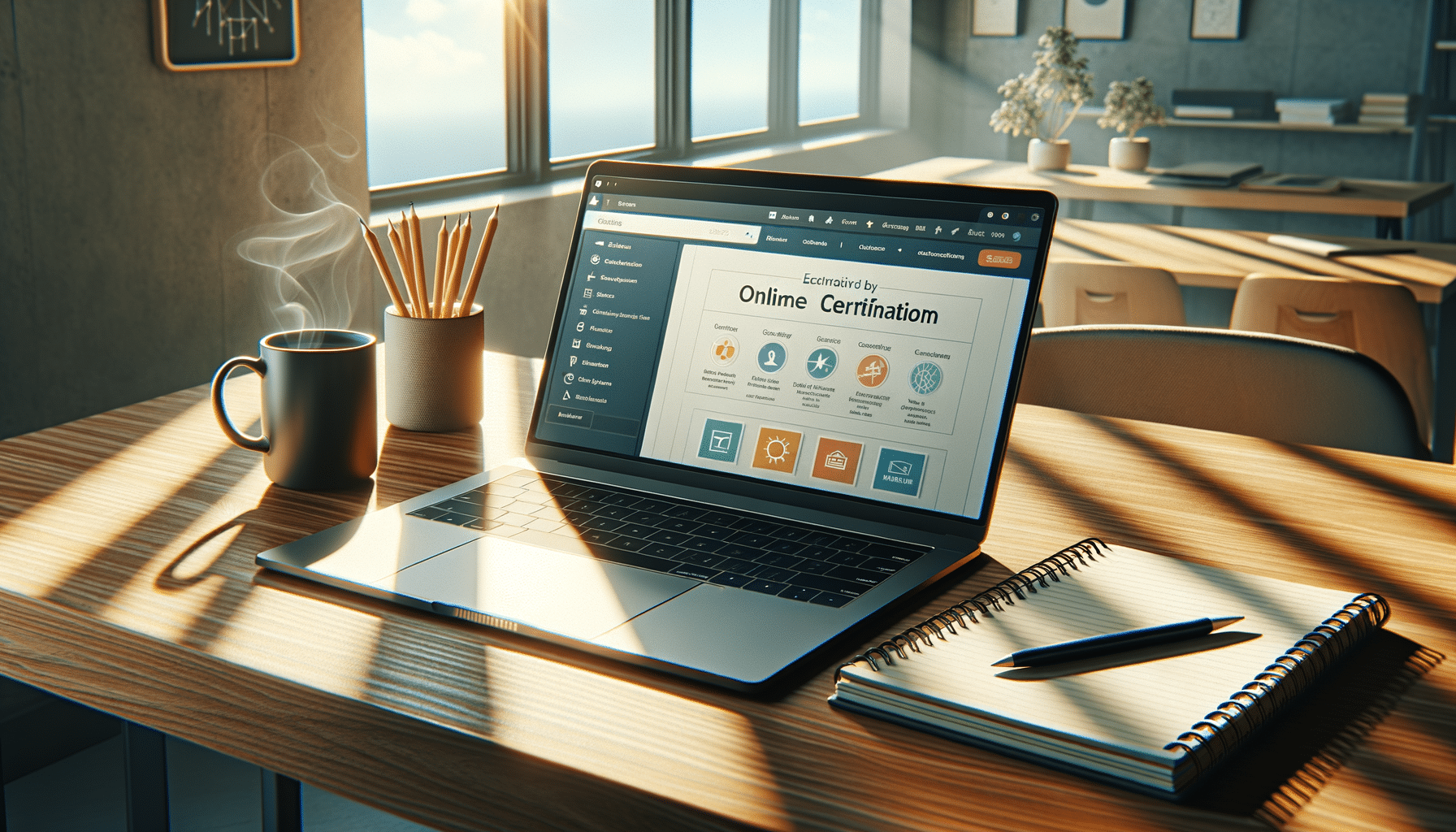
Crafting Stylish Curtains on a Budget
Decorating your home with stylish curtains doesn’t have to break the bank. With a little creativity and some savvy strategies, you can craft beautiful window treatments that enhance your living space while staying within budget.
Understanding Fabric Choices
When it comes to crafting curtains, the choice of fabric is crucial. Opting for budget-friendly materials doesn’t mean compromising on style. Linen blends, cotton, and synthetic fibers often offer a great balance of affordability and aesthetic appeal. According to interior designer Emma Green, “Selecting a fabric that drapes well and offers some weight can give your curtains a high-end look without the high-end price.”
Creative Curtain Design Ideas
Experimenting with different design elements can transform simple fabrics into stunning curtains. Consider adding embellishments like trim or tassels for a touch of elegance. Personalizing your curtains with stencils or fabric paint can also add a unique flair. DIY enthusiast and blogger, Lisa from “Home Harmony,” shares her tip: “Using tie-dye techniques on plain cotton fabric can result in vibrant, custom designs that are perfect for boho-style decor.”
Cost-Effective Sewing Tips
Even if you’re new to sewing, creating your own curtains is an achievable project. Investing in basic sewing tools and exploring online tutorials can set you on the right path. Consider borrowing a sewing machine or purchasing one secondhand to save costs. For those who prefer a no-sew option, fabric glue can be a handy alternative.
| Fabric Type | Price Range | Durability | Ease of Use |
|---|---|---|---|
| Linen Blend | $$ | High | Moderate |
| Cotton | $ | Medium | Easy |
| Polyester | $ | High | Easy |
| Silk | $$$ | Low | Difficult |
| Velvet | $$$ | Medium | Moderate |
| Rayon | $$ | Medium | Easy |
| Nylon | $ | High | Easy |
| Acrylic | $ | Medium | Easy |
Pro Tips for Budget Curtain Crafting
Repurpose old sheets or tablecloths as curtain fabric. These items often have interesting patterns and can be a cost-effective solution.
Where to Find Affordable Materials
Thrift stores, clearance sections, and online marketplaces are excellent places to find fabric at reduced prices. Join local crafting groups or forums for advice on where to source the best deals. Purchasing fabric in bulk can also reduce costs significantly.
Frequently Asked Questions
What is the most affordable fabric for curtains?
Cotton and polyester are generally the most affordable and versatile fabrics for crafting curtains.
Can I make curtains without a sewing machine?
Yes, fabric glue and iron-on tape can be used to create no-sew curtains.
How can I add patterns to plain curtains?
Using fabric paint or dye can add unique patterns and designs to plain curtains.
Conclusion
Crafting stylish curtains on a budget is not only possible but also an enjoyable project that can bring a personal touch to your home. By choosing the right materials, exploring creative designs, and employing cost-effective techniques, you can achieve a beautiful look without overspending. Ready to get started? Gather your materials, unleash your creativity, and transform your living space with your own handmade curtains today!


